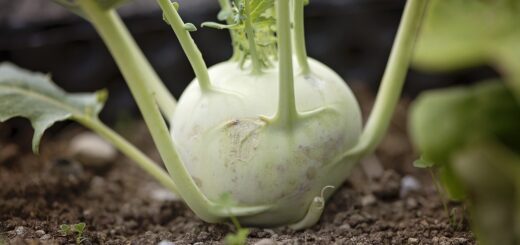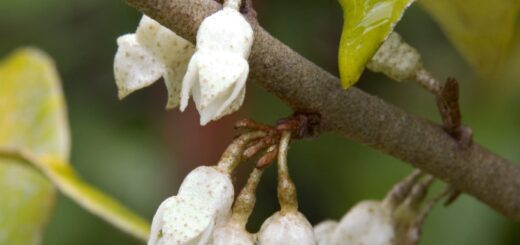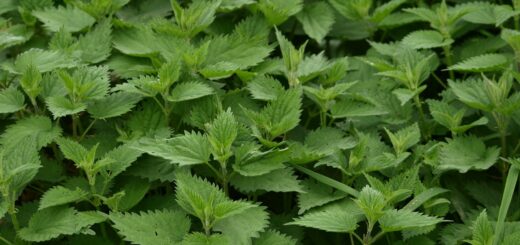Grapes
Summer and grapes go together like hot weather and a chilled glass of wine, for those who like a tipple, or frozen grapes for the kids (and even us ‘big’ kids). As well as being a fun and versatile food, grape vines are luscious-looking plants to have in the garden.
Why grow grapes?
Shade
Grow your grape vines up a trellis or over a larger structure (with good airflow and easy access to the vine for fruit later) such as an arbor – or even a hills hoist will do! – to provide shade in your garden for people to sit under or as a spot to protect plants that prefer some shade.
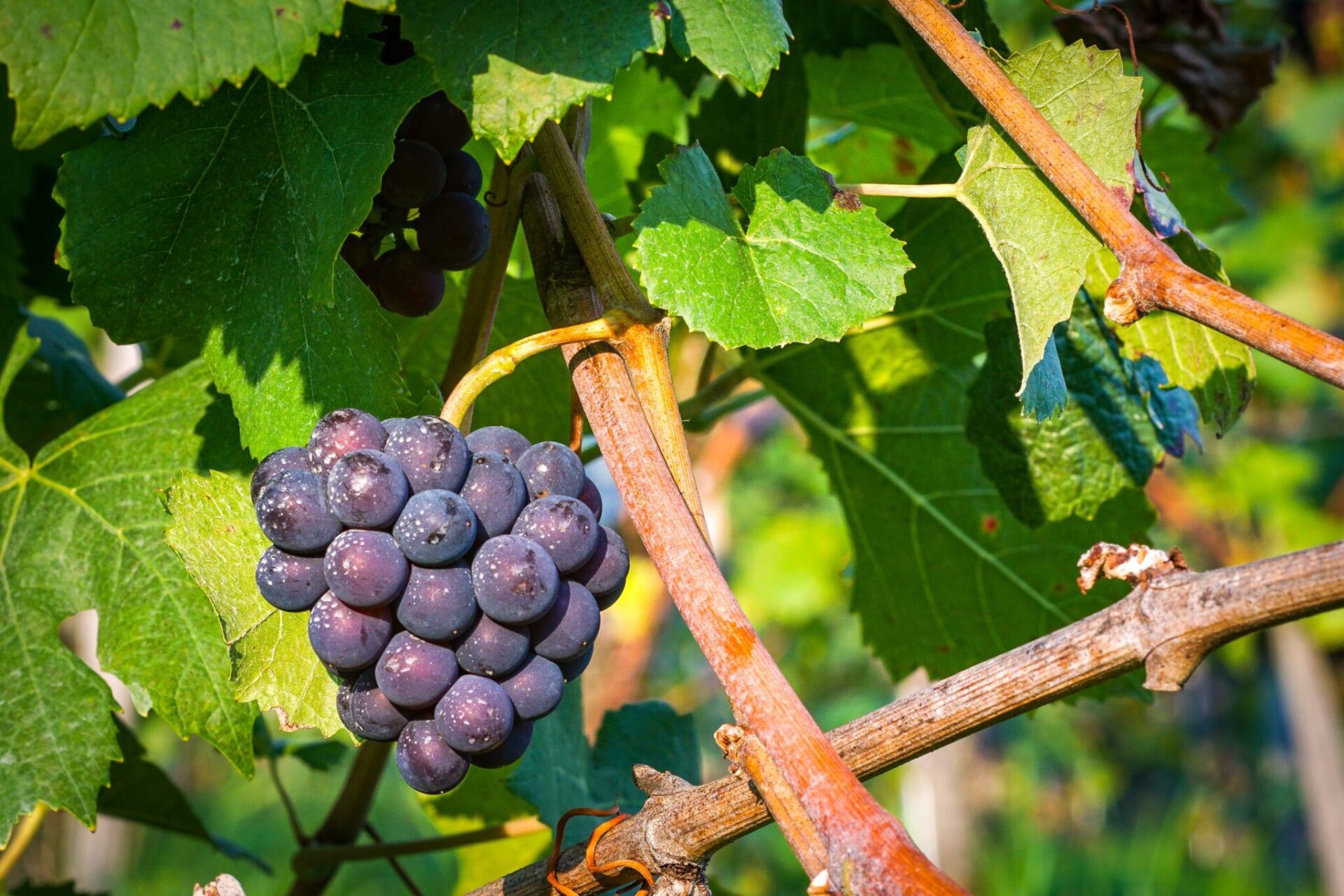
Food
Grapes will produce fruit after about a year. Of course, different varieties and growing conditions will vary the amounts of nutrients a bit, but all grapes are full of vitamins C, K, B1 and B2 as well as minerals like potassium, copper and manganese. The leaves, which you might be used to eating as dolmades, are very high in vitamin A. Just remember to keep grapes away from dogs – even a couple of grapes can be toxic for a small dog.
Bee friendly

Grapes don’t need to be pollinated to produce fruit but bees will visit the flowers and fruits, so by leaving some ripe grapes for them you can feed them – and who doesn’t want to feed a cute little bee? Be warned, though, that wasps are equally as fond of the ripe fruits! (It turns out that wasps aren’t all bad though.)
How to grow grapes
There are many ‘how to’ guides online or, if you’re wanting more of a permaculture perspective, consult a permaculture design group or get in touch with us to see if we can assist with a future blitz.
For most cultivars, the starting point is to get a cutting and find a sunny spot in the garden with good drainage that will be well ventilated and accessible even after the plant grows and produces fruit – this is why a trellis or similar structure is normally used. Grape vines in Victoria can be prone to various types of mildew (check information for your local area if you’re elsewhere) so air flow is important!
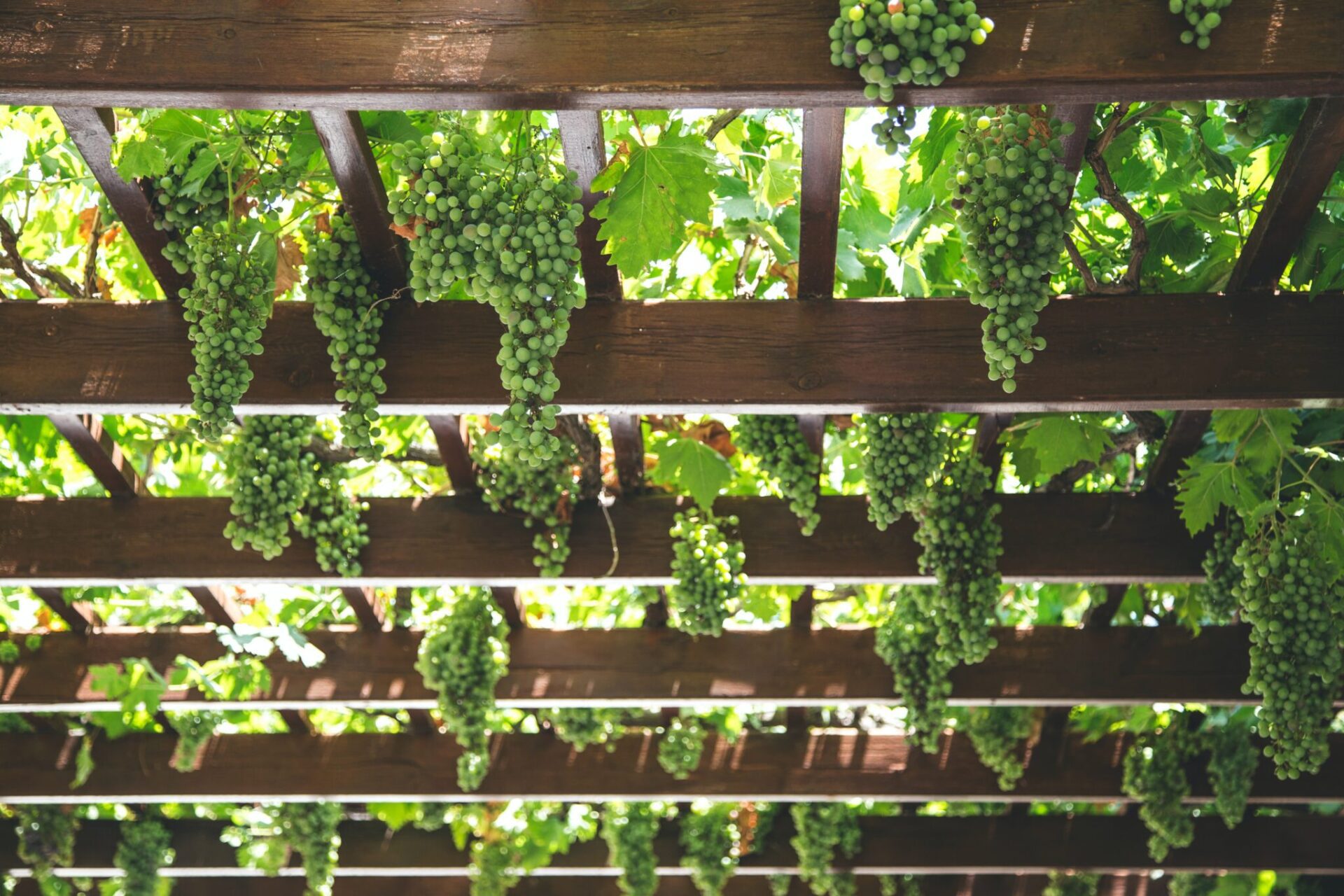
To get the most out of your grape vines, as well as training them to go up the structure you’ve provided them with, you’ll need to prune them hard every year around late winter to keep them manageable. This will also encourage new growth and fruiting – you can consult with your nursery about the exact method of pruning to use on your specific cultivar.
While growing grapes might seem intimidating if you haven’t done it before, the small amount of effort needed to start them off and the yearly pruning is surely worth the reward of a beautiful vine and the prospect of fresh grapes by summer next year!

